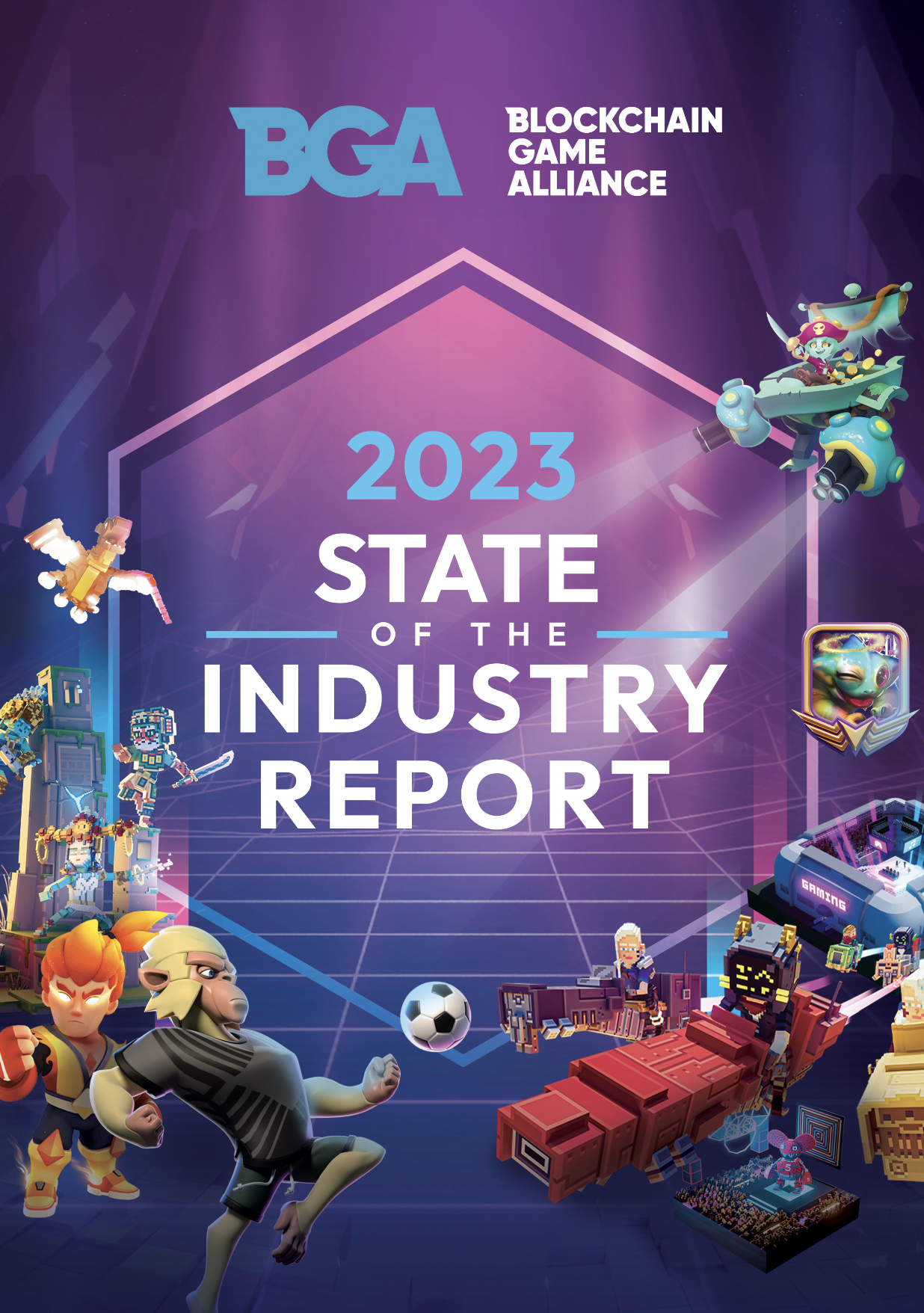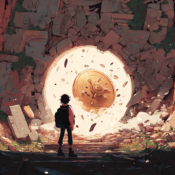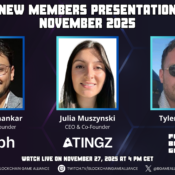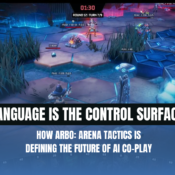
GDC Panel : Web3 Gaming: Why Collaboration Will Outshine Competition
At GDC 2025 in San Francisco, a standout panel brought together some of the sharpest minds in Web3 gaming to explore a powerful concept: Collaboration over competition. Moderated by Angela Dalton, founder and CEO of Sigmun Growth and Dot Play, the session gathered Marc McGinley (Animoca Brands), Cathleen Lyu (B3), and Michael Sanders (Sequence) for a deep dive into how cooperation is key to the evolution of Web3 gaming.
“Web3 gaming is inevitable.” – Marc McGinley, Animoca Brands
Mark McGinley, with a career spanning Ubisoft and Star Wars titles, kicked things off by asserting Web3’s place in gaming’s future. He recalled how skepticism around free-to-play models eventually gave way to mainstream adoption, drawing a parallel to current critiques of blockchain games.
“If people are saying Web3 gaming is bad for the industry, then we must be onto something.”
The Missing Catalyst: Where’s Web3’s iPod Moment?
The panelists agreed: Web3 gaming hasn’t yet had its breakout hit. Unlike past tech cycles—Bitcoin buzz, AI explosions, and meme coins—Web3 gaming is still searching for its defining cultural moment.
“We haven’t had our iPod moment yet.” – Marc McGinley
But they’re optimistic. Cathleen of B3 emphasized the importance of building not just payment rails, but meaningful gameplay that incorporates blockchain in a native, value-added way.
“Don’t just sell land—build shops that serve a purpose and renew over time.” – Cathleen, B3
Reframing the Web3 Gaming Narrative
Instead of marketing games as “Web3,” the focus should be on seamless experiences that happen to integrate blockchain.
“You’re playing a wonderful experience and then realize the reward is on-chain.” – Michael Sanders, Sequence
In other words: build fun first. The infrastructure is there—or getting close. But friction points like KYC flows, token onboarding, and fragmented experiences still remain.
UA in Web3: From Wallets to Highways
A major topic of discussion was user acquisition (UA), where blockchain can flip the script. With wallet visibility and token incentives, targeting and onboarding can become much smarter.
“Tokens are the UA highway. They connect games and users.” – Marc McGinley
Michael added that on-chain rewards and early user ownership could be the secret to turning casual players into long-term users.
Community 2.0: Interoperability & Shared Ecosystems
Perhaps the most exciting idea came around rethinking community in Web3. Instead of seeing users leave a game, developers can embrace interconnected ecosystems where progress in one title benefits others.
“Game A rewards can unlock Game B perks—and vice versa.” – Michael Sanders
Kathleen took it further by revealing how B3 is incentivizing shared UA and cross-game referrals.
“If a user spends in Game B, Studio A gets a rev share. That’s the future.”
This “shared incentive layer” flips the script: games can grow together instead of in isolation.
Looking Ahead: AI, Indie Builders & Ecosystem Growth
When asked about what excites them most, panelists pointed to the convergence of AI and gaming—whether as creative tools for indie devs or in-game agents like Wayfinder.
“If you ever had a dream to build a game, now is your time.” – Cathleen, B3
Michael also teased the wave of high-quality Web3 games in stealth, backed by legendary developers and fresh perspectives alike.
Final Words: Keep Building
The closing messages were clear, energizing, and focused:
“Don’t listen to crypto Twitter. Web3 gaming isn’t dead—it just hasn’t had its breakout hit yet.” – Marc McGinley
“If you’re building something cool, let us know. We’ll help you make it real.” – Michael Sanders
As the panel wrapped, a new vision for Web3 gaming came into focus: one where builders support each other, ecosystems align, and players move freely—bringing their reputation, assets, and achievements with them.
Tags
Recent Posts
